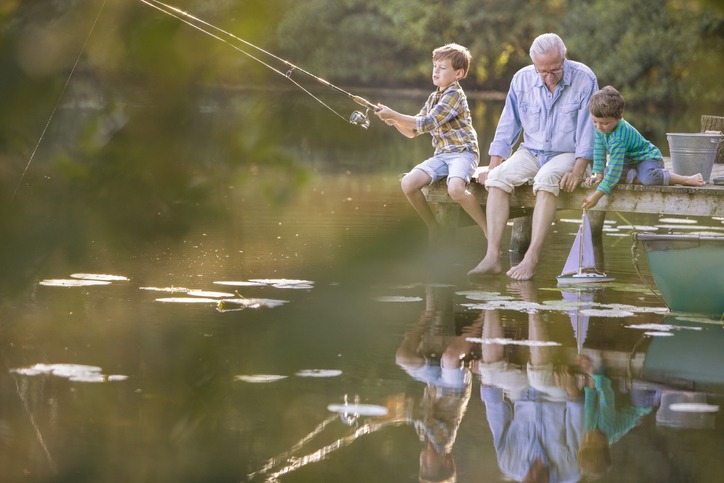Many people enjoy fishing as a hobby because it can be a relaxing and enjoyable way to spend time outdoors. Moreover, it is an excellent way to bond with friends and family.
You can choose freshwater or saltwater, fly or spin-fishing, and different target species for this experience. Reputable sites like Catch and Fillet can easily help you plan fishing trips.
If you are interested in taking up this as a hobby, it’s a good idea to start by learning about the basics, such as what equipment you need, how to cast, and how to handle and release fish properly.
Tips for Beginners
- Learn about the different types of fishing gear, such as rods, reels, and lures, and how to use them properly. Many resources, such as books, videos, and classes, can help you get started.
- Most states require anglers to have a fishing license, which can be obtained from the state fish and wildlife department or a licensed vendor.
- Different types of fish can be found in various bodies of water, so choosing a location known for the species you want to catch is essential.
- Each fish species has its behavior and habits, so it’s essential to learn as much as possible about the fish you want to catch, such as what they eat, where they live, and when they’re most active.
- The bait or lure you use will depend on the species of fish you’re trying to catch. Live bait such as worms, minnows, or crickets are often effective, but artificial lures can also be very productive.
- It is often a waiting game; it can take time before you catch anything. Try to relax and enjoy the experience, even if you’re not catching fish.
Essential Tools to Pack
- Fishing rod and reel: This is the most crucial piece of equipment for fishing. Rods come in different lengths and materials, and reels can be either spinning or baitcasting. When choosing a rod and reel, consider the type of fishing you’ll do.
- Fishing Line: These come in different types, such as monofilament, fluorocarbon, and braided.
- Hooks: Hooks come in various sizes and shapes, and the size and type of hook you use will depend on the usage.
- Lures: Lures can be made of plastic, metal, or wood, and they are designed to mimic the appearance and movement of live bait. Different traps are used for fish species, and various types of lures can be used for different types of fishing, such as freshwater or saltwater.
- Sinkers and swivels: Sinkers weigh down the fishing line, while swivels prevent the line from twisting.
- Pliers: A good pair of pliers is a crucial tool. It helps remove hooks and other debris from a fish’s mouth.
- Bait container: A bait container keeps live bait alive and healthy.
- Tackle bag: A tackle bag helps organize and store your equipment.
- Fishing net: It can be used to land fish once they have been caught. Using a particular net for a particular species is essential.
Final Thoughts
Start planning your weekend trip to a nearby pond with the above tools. But depending on the type of fishing and the area you’ll be fishing, you might need some other essential accessories such as polarized sunglasses, waders, a hat, sunscreen, and insect repellent to protect yourself.
You can visit popular websites like Catch and Fillet to find the right accessories and tools for your adventure trip. With the above information, you will not go wrong with your first experience.
